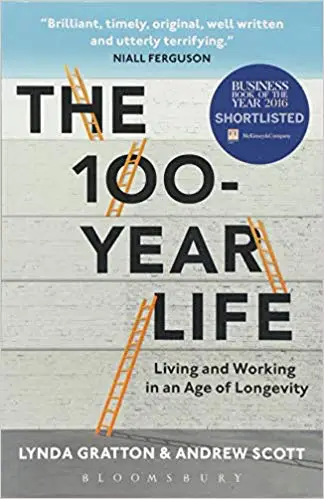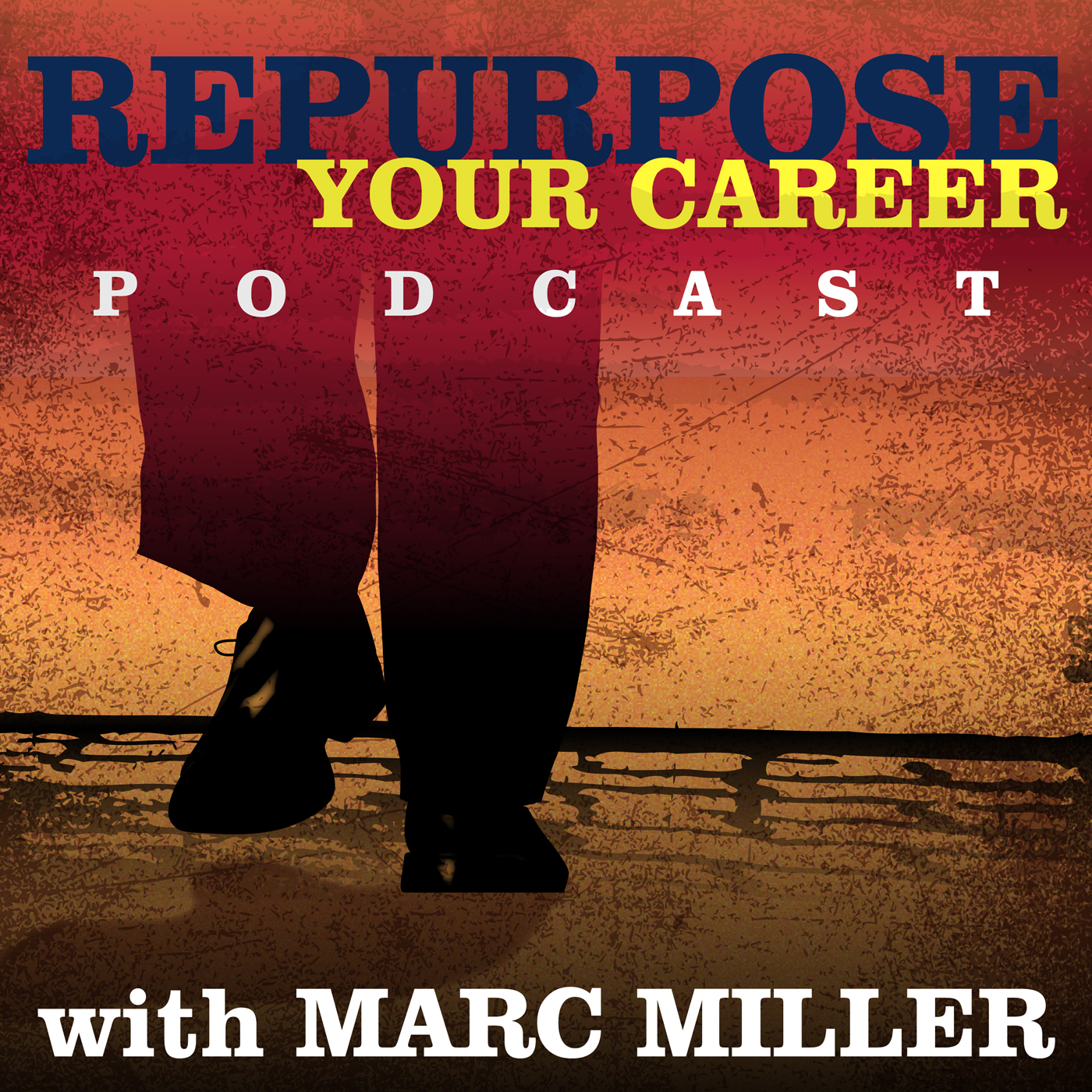The 100-Year Life – A Fascinating Book
 I just finished The 100-Year Life: Living and working in an age of longevity by #141 – Why Longevity Makes Retirement a Whole New Game. It is a great episode, and you might want to listen to it first.
I just finished The 100-Year Life: Living and working in an age of longevity by #141 – Why Longevity Makes Retirement a Whole New Game. It is a great episode, and you might want to listen to it first.
The premise behind the book is that the current 3 stages of life (education – work – retirement) do not work within the framework of a 100-year life.
While the 3 stages do not work in many ways, the one we most often think about is the financial equation. The authors write:
When we teach our MBA students at London Business School about the 100-year life, we ask the class to create scenarios for their own life. Very quickly their minds turn to finance and at this point, we ask them: ‘If you live 100 years, save around 10 percent of your income and want to retire on 50 percent of your final salary, at what age will you be able to retire?’ (In Chapter 2 we make this calculation – the answer is: into your 80s.) At this point, the room goes silent. Making the most of the gift of a long life requires everyone to face up to the truth of working into your 70s or even 80s. Simple as that.
If you now work into your 70s or 80s in a rapidly changing job market, then maintaining productivity is no longer about brushing up on knowledge – it is about setting time aside to make fundamental investments in re-learning and re-skilling.
Re-creation will be more important than recreation.
It should come as no surprise that the 3 stage life of our parents’ lifetime is rapidly disappearing. It may be gone for many of us.
The author demonstrates this through the eyes of Jack (born in 1945), Jimmy (born in 1971) and Jane (born in 1998).
Jack
Jack born in 1945 will live a fairly typical 3 stage life. The authors write:
The life of Jack illustrates how the three-stage life (education, work, retirement) was, with a modest life expectancy of around 70, so perfectly attuned to his generation. Jack is important, not as a description of what is happening now, but to illustrate why the success of the three-stage life for his generation was such a powerful role model for those who came afterward.
Listen to the most recent episode


Marc Miller
Discover the Perfect Destination for Your Retirement or Remote Work Abroad #337
Our character Jack was born in 1945, left school at 17 in 1962 and finished his college education aged 20. He entered the economy during what is known as the ‘Golden Age’ for developed economies. He enjoyed a successful career as an engineer and graduated into senior management. It wasn’t all smooth sailing. As the richer economies wrestled with the impact of globalization and new technology as well as recessions, he lost his job a number of times and had to relocate, but the overall theme of his career was a job well done. His was a typical traditional family structure – his wife Jill looked after the children and took a few part-time jobs, but Jack was always the main breadwinner. Jack retired at 62 and sadly passed away in 2015 aged 70.5
Jimmy
Jimmy born in 1971 thinks he will live a typical 3 stage life but in his mid-40s they moved his cheese. The authors write:
The three-stage life is the role model for Jimmy who is now in his mid-40s, with a life expectancy of 85. He has followed the social norms of the three-stage life but now the reality is beginning to dawn that this won’t work for him. In mid-life he is looking around and wondering how to make things work better. For Jimmy, the curse is beginning to outweigh the gift. As we will show, a longer life can be a gift, but Jimmy will have to be prepared to change, transform and experiment in order to tip the balance.
We now turn our attention to Jimmy, who was born in 1971 and has a life expectancy of 85.9 We are investigating the finances behind a three-stage life, so we assume that Jimmy graduated from college at age 21 in 1992 and intends to work until he reaches the age of 65 in 2036.
Jimmy will live a 3.5 or 4 stage life where he has to continue working in a new career later in life because he cannot afford to retire. Unlike Jack, he has a more equal relationship with his wife.
Jane
Jane born in 1998 has no illusions that she will live a 3 stage life. The authors write:
Jane is a young woman looking forward to living for 100 years. Members of her generation know a three-stage life won’t work for them and they are redesigning their life trajectory from the beginning. This is the cohort with the greatest life expectancy and also the greatest flexibility in how they design life. We expect that many will turn out to be social pioneers.
Jane was born in 1998, celebrates her 18th birthday in 2016 and is looking forward to a life expectancy of 100.11 It’s fairly obvious intuitively that Jane, with her fifteen years of additional life expectancy to Jimmy, is going to find a three-stage life with retirement at 65 beyond her financial reach.
Jane will have a 5 or more stage life. She will be:
- Recreating her work life multiple times
- Delay entering the workforce to explore the world after college
- Delay getting married and have an equal partnership with her spouse
- Delay retirement until their 80s by alternating with her spouse taking time off to regenerate and recreate themselves
Jane’s life will look very different from Jack’s life.
Disconnecting Age with Career Stage
As we recreate ourselves, it is highly likely we will be involved with people of all ages. You might do this while sitting next to someone who is 21, 35, 50, or even 75 years of age. We have default images of people at different ages and where they fall into the work hierarchy. These stereotypes need to end since we have to keep recreating ourselves to meet society’s needs.
This book left me wondering how this will affect my children and their children.
To enable the 100-year life, many things need to change in multiple applications—higher education, social security (pensions), retirement funds, government, corporations, small business, etc.
I highly recommend that you pick up this book and give it a read.
After you have read the book, please come back here and let me know your thoughts in the comments below.
Marc MillerLike What Your Read? Get Career Pivot Insights
Do You Need Help With ...

Check out our Help Center where you have access to 14 different content portals.

